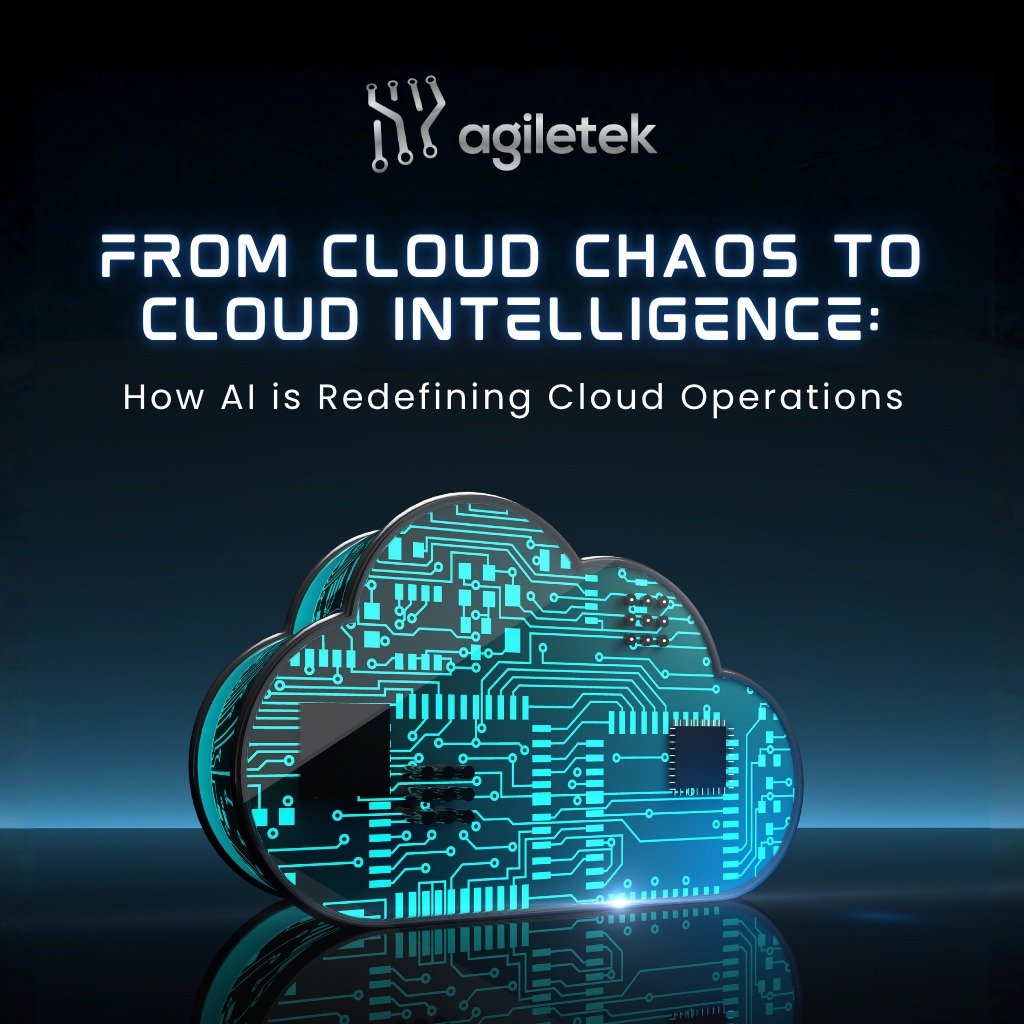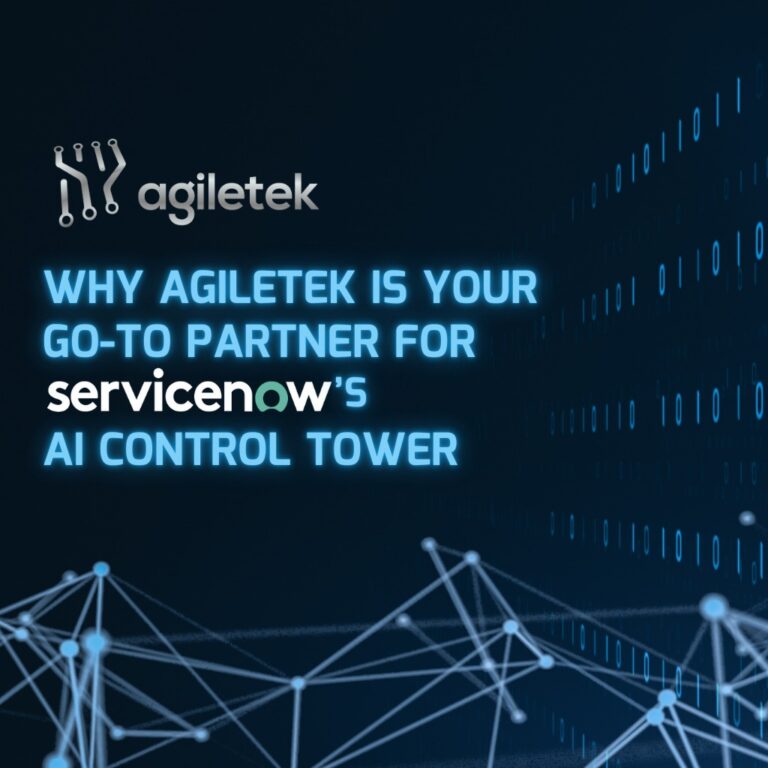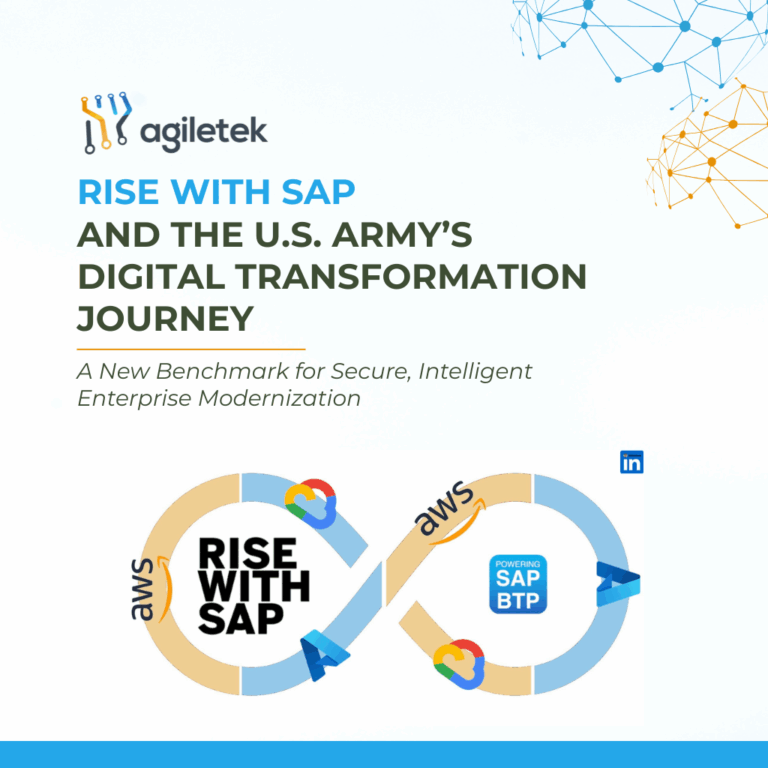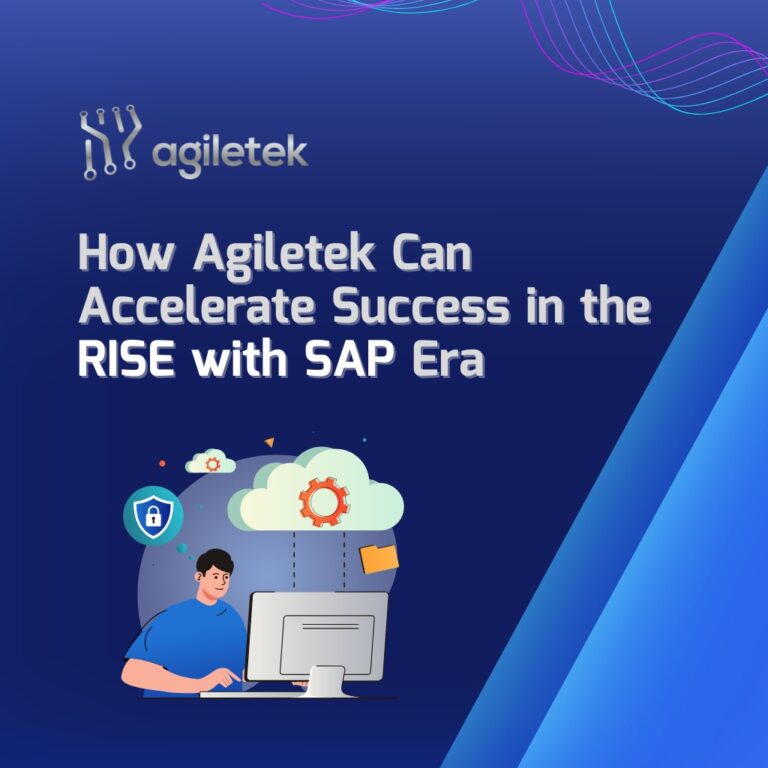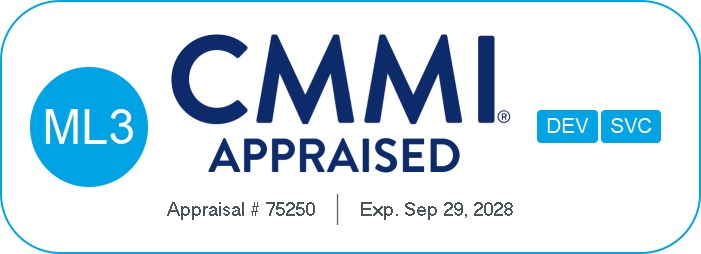The first generation of cloud computing was all about agility – organizations rushed to move workloads off-premises in pursuit of speed, scalability, and independence from hardware constraints. The second generation was focused on optimization – with so many workloads operational the emphasis moved to governance, cost control, and operational discipline. The new era is the era of cloud intelligence. This is the moment where we finally combine artificial intelligence, automation, and data-oriented insight within an entirely new paradigm for how enterprises operate, secure, and evolve their cloud environments. It’s not about deploying faster anymore, it’s about building systems that are self-aware, proactive, and learn and adapt continuously with evolving conditions.
For most organizations, that vision still feels like the future. While the teams have invested in monitoring tools, DevOps pipelines, cost dashboards, and more to support a future of observability – ultimately many teams still find themselves stuck in the manual chaos of
responding to alerts, chasing runaway costs, or solely battling a growing amount of complexity that is scaling faster than their ability to comprehend it all. The good news is that as organizations start to become more familiar with AI-powered technologies, AI is beginning to provide the final ingredients to close that gap with AIOps.
The New Operational Reality
Cloud environments have expanded beyond traditional IT management approaches. Even midsize companies are running thousands of microservices, producing millions of log events every day, and managing distributed data pipelines that change every minute. Infrastructure is dynamic, ephemeral, and decentralized. The problem is not provisioning resources anymore; it is understanding the resources.
Operations teams are overwhelmed with alert noise and struggling to correlate signals across layers, and often discovering incidents only after customers do. Finance departments chase unpredictable cost curves as dynamic scaling and multi-cloud architectures introduce volatility into billing. Security and compliance teams, meanwhile, play an endless game of audit catch-up, trying to maintain visibility in systems that change faster than they can document.
This is the operational paradox of the cloud era: unprecedented flexibility coupled with unprecedented complexity. The old model of “observe, analyze, react” can no longer scale. What is needed now is an “observe, learn, act” model – one that turns data into insight and insight into action. That is the promise of AIOps.
From Monitoring to Autonomous Operations
AIOps, which stands for Artificial Intelligence for IT Operations, is not just another monitoring tool – it’s a representation of how enterprises think about running their cloud systems. Instead of depending solely on human operators to analyze the data and address the response, AIOps platforms take a machine-learning-based approach that analyzes massive streams of operational telemetry (logs, metrics, events, and traces) to detect anomalies, correlate causes, and increasingly, resolve issues automatically.
AIOps is based on a consequence of three capabilities: unify and normalize observability data across all systems, learn normal behaviors through machine learning, and act through automation and orchestration. The result is a system that can not only tell you something is wrong, but also specify why it is wrong, and make corrective actions, before it reaches end users, in many cases.
A standard AIOps architecture starts with a common telemetry layer based on open standards, such as Open Telemetry, that collects metrics, traces, and logs from across the applications and infrastructure. The telemetry’s raw data is then enhanced and transformed into features
for the AI models using data pipelines. Subsequently, machine learning techniques are used to identify patterns, detect anomalies, and uncover insights. Insights can then enter the automation systems, regardless of whether they are Kubernetes operators, Terraform Cloud,
or ITSM workflows, to facilitate actions and suggestions. Finally, a governance layer is in place for accountability, auditability, and feedback so that, over time, the system continues to learn and improve.
The result is an operational ecosystem capable of scaling insight at the same speed as its infrastructure grows.
Why AIOps Matters Now
The timing for AIOps couldn’t be more relevant. Human capacity has already been exceeded by the size of modern cloud environments. Even the best Site Reliability Engineering (SRE) teams can’t keep up with the millions of telemetry events generated each day manually. AI
provides the multiplying capability to process this information and derive understanding in real-time.
Complexity has also become a new type of risk surface: Distributed microservices, containerized workloads, and event-driven architectures mean it is more difficult than ever to identify the root cause of any one failure. AI helps to map these interdependencies and surface causation that may otherwise go unnoticed.
Cost optimization is another driven factor. Cloud spend is one of the largest line items in enterprise IT, and it is expected to more than double (exceeding a trillion dollars worldwide) in the next few years. Much of that spend is currently opaque and wasted. By integrating AIOps and FinOps, organizations can anticipate demand, recognize anomalies in usage, and automate right-sizing decisions, transforming cost management from a retrospective audit into a continuous, intelligent process.
Lastly, regulatory and governance pressures continue to mount. Continuous compliance is now a baseline expectation, especially in sectors like finance, healthcare, and government. AI-driven observability helps organizations move from reactive detection to proactive prevention, maintaining compliance through constant validation of system states and behaviors.
From Firefighting to Foresight
The journey to AIOps for most enterprises starts from a reactive position, relying on traditional monitoring tools, manual triage and rule-based alerts. Teams wait for incidents to happen, often learning about them through customers or after-the-fact metrics. Over time, some automation creeps in: auto-scaling scripts or restart routines or basic remediation playbooks begin to reduce the manual effort, but the approach remains reactive and fragmented.
Real transformation happens when intelligence is layered on top of automation. Machine learning models correlate data across systems, uncovering hidden relationships between performance, configuration, and cost. Predictive analytics anticipate incidents before they occur, enabling preemptive action. In this state, operations go from firefighting to foresight – where human skill is applied to building a better system and the AI is managing the repetitive noise.
At Agiletek, we have seen enterprises achieve remarkable results through this evolution: mean-time-to-resolution reduced by nearly half, false positive alerts cut by 60 percent, and operational costs down by as much as 25 percent. The key to success lies not in adopting yet another tool but in architecting observability, intelligence, and automation as a single, coherent system.
Architecting for Cloud Intelligence
To implement AIOps effectively, there needs to be architectural discipline. It begins with visibility – integrating telemetry data across every layer of the stack. Without visibility, AI has nothing credible to learn from. The next step is correlation – taking different signals and forming a cohesive story about the health of the system. At this level, graph-based methods, which show relationships between services/dependencies, are highly effective. Machine learning models must be embedded into the CI/CD pipeline, continuing to retrain as applications change.
The third leg of AIOps is automation – the culmination of insights into orchestration systems that can respond to conditions in real-time, whether that means changing scaling levels, restarting services, or changing routing policies. The fourth leg of AIOps is governance –
which ensures transparency and control, defining when AI can act autonomously and when human approval is required. This balance between autonomy and oversight is what turns automation into trust.
The Convergence of AIOps, FinOps, and SecOps
One of the most compelling benefits of cloud intelligence is its capacity to integrate what were once separate operational domains. AIOps is increasingly overlapping with both FinOps and SecOps, ultimately delivering a holistic model of performance, cost, and risk. The same
AI models that identify anomalies in performance data can likewise pick up anomalies in spend or unusual security behavior.
For finance teams, this means ongoing optimization. For security teams, it means quicker identification and automatic containment of threats. For operations teams, it means less downtime and increased resilience. Together, these domains create a self-regulating ecosystem – one in which efficiency, security, and compliance build upon and strengthen each other rather than compete for attention.
The Future: Designing for Intelligence
The trajectory is clear: cloud systems are becoming self-aware. Infrastructure will increasingly self-optimize, applications will self-heal, costs will self-balance in response to usage patterns. Yet technology alone won’t make this happen. The real challenge is architectural – designing systems that are observable, governed, and adaptable by design. AIOps will not replace engineers, it will empower them. By automating routine operational work, AI frees human teams to focus on innovation, resilience, and business value. In this sense, intelligence is not an end state but a continuous capability – one that evolves alongside the systems it manages.
At Agiletek, we see cloud intelligence as the defining capability of the next decade. The organizations that succeed will be those that architect not just for performance or scalability, but for learning – systems that evolve, adapt, and improve autonomously. Moving from cloud chaos to cloud clarity is no longer an aspiration, it’s the new baseline for operational excellence.
